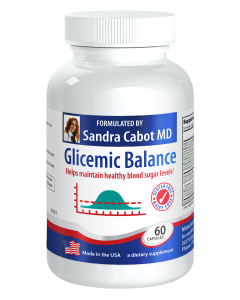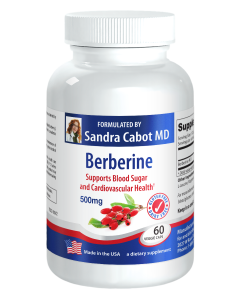

Which Disease Kills Most Women?
Which disease kills more women: diabetes, breast cancer or AIDS? If you answered breast cancer you’d be wrong! Breast cancer is certainly the most feared disease by most women, but far more women die from diabetes complications.
A survey conducted by the American Diabetes Association revealed that only 42 percent of Americans correctly identified diabetes as causing the greatest number of deaths each year. Diabetes is an extremely common disease, yet most people don’t realise that diabetes is the leading risk factor for heart disease. Most diabetics end up dying of cardiovascular disease, such as heart attacks, even if they don’t have high cholesterol.
Each year in the United States:
- 25 000 women die of AIDS
- 45 000 women die of breast cancer
- 267 000 die from heart attacks
Heart attacks kill over 6 times more women than breast cancer. Not every woman who had a heart attack was a diabetic, but a large percentage of them are. Perhaps it is time people started fearing diabetes more!
Diabetes is a terrible disease that can shorten your lifespan and create many chronic health problems. It is an epidemic and affects approximately 246 million people worldwide. Type 2 diabetes is far more common than type 1 diabetes, but both forms of the disease can lead to the same complications.
High blood sugar over a sustained period of time has many detrimental health effects. Diabetes causes damage to the small and large blood vessels of the body, impairing circulation and the delivery of oxygen and nutrients to tissues. Diabetes also causes nerve damage.
An increased risk of heart disease is one of the main complications of diabetes. Four out of five people with diabetes die of heart disease. Most diabetics have high blood pressure, abdominal obesity, high cholesterol and triglycerides; further increasing their risk of a heart attack. Diabetics are very prone to getting clogged arteries, particularly the arteries that supply blood to the heart and brain. Sugar is sticky and having high blood sugar levels means the blood is more likely to form clots that can block blood vessels.
An ideal fasting blood sugar level is between 64 and 97 mg/dL (3.6 and 5.4 mmol/L). If your fasting blood sugar is above 97 mg.dL that means you have Syndrome X (insulin resistance). If your blood sugar is above 124mg/dL (6.9 mmol/L) you have probably been diagnosed with diabetes.
My recommendations for diabetics
- If you are overweight you must lose weight. Weight gain around the waist makes it harder for insulin to work in your body, paving the way for type 2 diabetes. Overweight diabetics have more trouble keeping their blood sugar in the healthier range. Our book called Diabetes Type 2 You Can Reverse it Naturally contains an eating plan designed to get your blood sugar down and help you lose weight. In the majority of cases type 2 diabetes can actually be reversed. Berberine is a herbal extract that helps improve insulin sensitivity. It’s so beneficial for type 2 diabetics because it makes weight loss and blood sugar control much easier.
- Avoid or restrict your intake of sugar, bread, pasta, rice, potatoes, breakfast cereals, sweet drinks and all foods containing flour. All of these carbohydrate rich foods are digested into sugar and raise your blood sugar level after you eat them. They also make you gain weight. Base your diet on protein and vegetables. Good sources of protein are seafood, poultry, eggs, meat, nuts, seeds, legumes and whey protein powder. Eating sufficient protein and fat with your meals helps improve satiety, making it easier to stay away from sugar.
- Supplement with the right minerals. Most diabetics are deficient in chromium and magnesium. These minerals help insulin to function more efficiently, thereby helping with blood sugar control. Bitter melon and gymnema are also excellent for improving blood sugar control. They are found in the supplement Glicemic Balance.
- See our diabetes book for tips on how diabetics can reduce their risk of complications of the disease.
The above statements have not been evaluated by the FDA and are not intended to diagnose, treat or cure any disease.
References: American Diabetes Association, www.avert.org, Women’s Heart Foundation, Duval County Medical Society
Know someone who might benefit from this article? Share it!
Need Help?
1-888-75-LIVER
Monday to Friday, 9:00 am to 5:00 pm MST
100%
Satisfaction Guaranteed
If it’s faulty or wrongly described, we’ll replace it.













